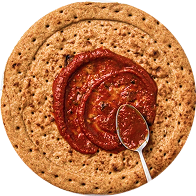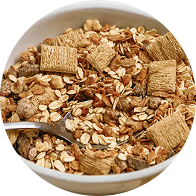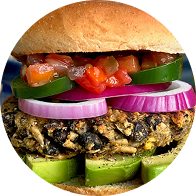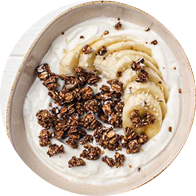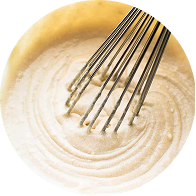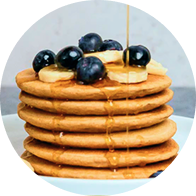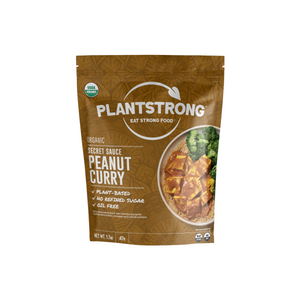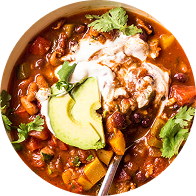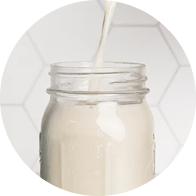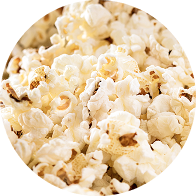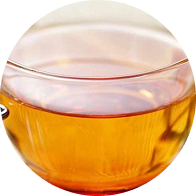Hypertension – A Silent Killer
47% of American Adults Have High Blood Pressure
Let’s take a few minutes to discuss the implications of that staggering statistic.
When you get your blood pressure taken at the doctor’s office, you’ll get two numbers back. The first number is your systolic blood pressure, meaning the pressure in your arteries when your heart is actively pumping blood. The second number, diastolic blood pressure, is the pressure in your arteries when your heart is resting between beats.
Ideally, according to the American Heart Association, we should have a blood pressure below 120/80.
Someone is considered to have high blood pressure if his or her reading is more than 140/90, although there is probably damage being done below this threshold.
High blood pressure, also called hypertension, is known as a “silent killer” because in most cases it has no symptoms.
People with elevated blood pressure are straining their hearts by making them work harder to move blood around. Their hearts sweat and pound and gasp away, but they’re none the wiser. For this reason, the Global Burden of Disease Study, which involved more than 300 institutions in 50 countries, concluded that high blood pressure is the number-one world-wide risk factor for death, resulting in fatal heart attacks, strokes, and other catastrophic organ failures.
But, there is GOOD NEWS: Ingesting less sodium takes a lot of pressure off your body.
The basic problem with salt is that it encourages fluid retention in the body. Normally, your kidneys deploy a precise balance of potassium and sodium to remove extra water from the blood. But when you consume too much salt, this fragile sodium–potassium balance is shot to hell.
As a result, your kidneys remove less water from your system. This puts damaging pressure on blood vessels in your kidneys, and your arteries bulge to accommodate the extra fluid. Tiny muscles in your arteries beef up in an attempt to support the extra pressure, but this only makes the blood passageways smaller—which both increases blood pressure and contributes to plaque buildup.
Like a water main busting under too much pressure, your arteries too can burst suddenly without warning. Hopefully, this insight helps you understand why doctors recommend a low sodium diet when your blood pressure creeps up.
But what is “low sodium,” really?
We recommend, over the course of a day, keeping your sodium intake around a 1:1 ratio (milligrams to calories per serving), with the goal of consuming less than 1,500 mg of sodium per day.
To put that in perspective, one teaspoon of salt is 2,300 mg of sodium.
If you read a label and the sodium is elevated, but it’s otherwise a whole grain, oil-free, plant-based product? Balance out the sodium by adding lots of unsalted vegetables, potatoes, and fruit to your meal.
We care about your blood pressure at PLANTSTRONG Foods and we are on a mission to show it’s possible to make delicious and satisfying products without piling on heaps of salt. We encourage you to compare our sodium levels to comparable brands—and see if we pass the salt test!
For more on sodium and how it affects our blood pressure, listen or watch Rip’s interview with Michael Jacobson, author of Salt: The Good, The Bad, And The Truth.

